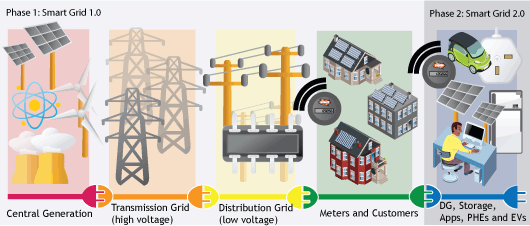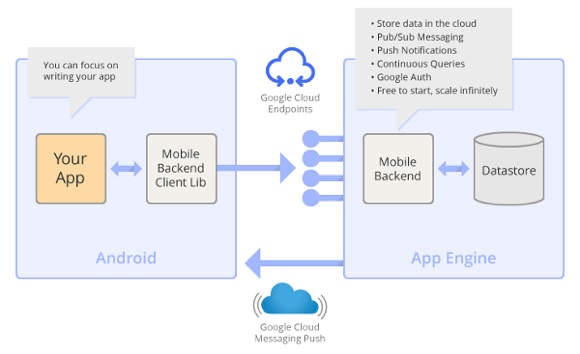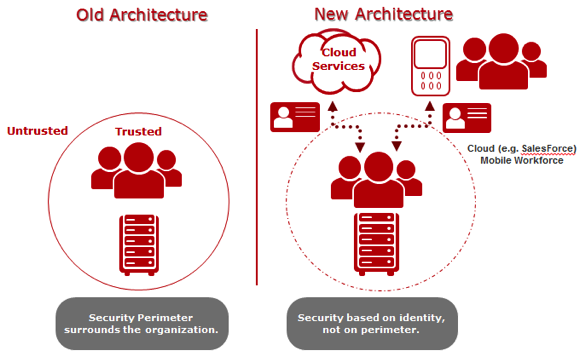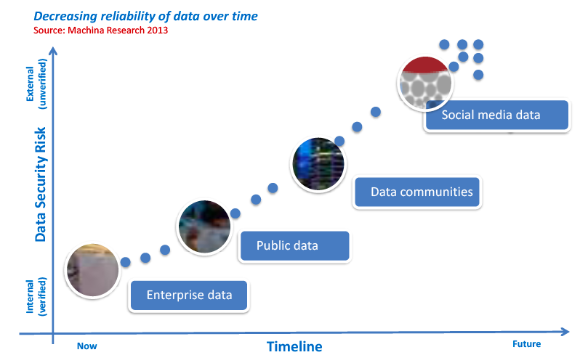
Paul Madsen posted an excellent article today, “Identity, Application Models and the Internet of Things,” recommending that the prevailing application development model move back to the browser and away from native apps. Â He references another excellent article by Scott Jenson, “Mobile Apps Must Die,” which holds that because we use so many native mobile apps, they are “becoming too much trouble to organize and maintain,” and that the native app model, “just can’t take advantage of new opportunities.”
Paul observed how, with the prevailing native app model, the “Internet of things would push us to have 1000s of native applications on our devices, but that would place a completely unrealistic management burden on the User.”
I agree that managing large numbers of apps is becoming very burdensome and counterproductive. Each airline I fly has its own app. Each store I frequent has its own app. Â I have apps upon apps upon apps.
I propose, however, that just focusing back on browser apps doesn’t completely solve the problem, particularly with the Internet of Things. Â A big problem is the narrow siloed focus of so many apps.
I recently bought a Fitbit device to track all the steps I take and stairs I climb.  It is a nice little device that syncs automatically with an app on my iPhone.  I can also use that app to record food I eat and water I drink along with the automatic recording of steps and stairs. Â
However, the app covers only a fairly narrow silo of functionality. Â If I want to record other vital statistics (e.g blood pressure or blood glucose), it takes another app. Â If I want to record my workout at the gym with any degree of granularity, it takes another app. Â Of course, every app has a different concept of my identity. Not good.
Paul’s discussion of a an app to monitor his toaster begs the question – why should I have an app (either web or otherwise) for every device in my house? Â Doesn’t it make more sense to have a “home management” app that accommodates toasters, fridges, thermostats, smoke alarms or whatever other Internet connected things may be available?
I propose that we need a new app paradigm that retains the great user interface characteristics of native apps, the “just in time” model of discovery and use that Paul and Scott recommend, coupled with a more integrated approach to solving real life, but more complex use cases.
Â










